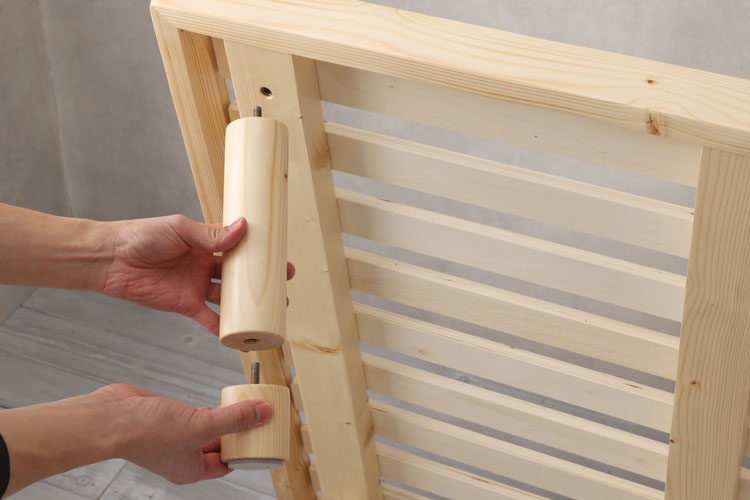Have you ever carefully considered the "height" of your bed?
Many people think carefully about the "size (width)" of a bed, such as single or double, but surprisingly, they tend to overlook the "height."
If you are searching for a product with a vague idea in mind, such as "low beds are cool" or "storage beds seem convenient," you will have a higher chance of success in choosing a bed if you fully understand the advantages and disadvantages of "height (lowness)."
for example,
- Easy to stand up and sit at
- Height that makes dust less noticeable
- Relationship between height and creaking resistance
These bed height-related factors have a significant impact on your everyday use.
In this article, we will introduce how to choose the height of your bed and some points to keep in mind when choosing a bed.
■Author Introduction























